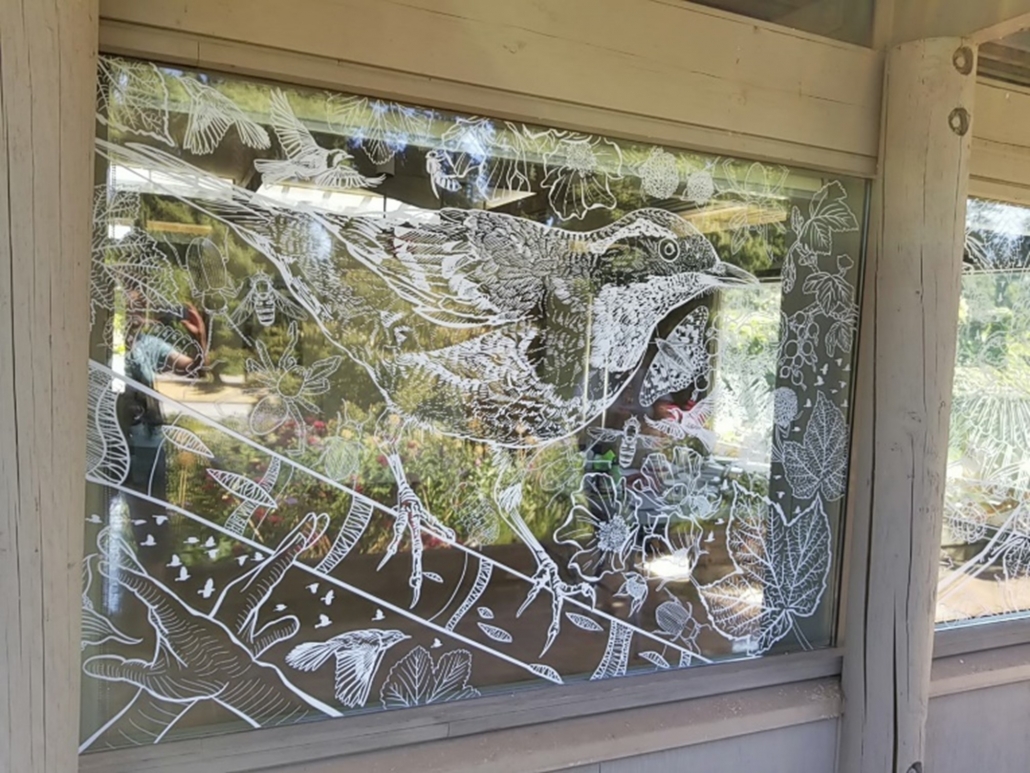Cross-posted from FLAP Canada, originally written by Dr. Krista De Groot — a Landbird Biologist and the BC Breeding Bird Survey Coordinator with Canadian Wildlife Service, Environment and Climate Change Canada.
High collision mortality was documented during winter and migration spurs conservation action at the University of British Columbia.

We recorded 152 collision deaths at our 8 study buildings across 225 days of standardized surveys. However, after applying correction factors for carcasses missed due to carcass removal by scavengers (and people), and for searcher error, we estimated that 281-486 collision fatalities occurred at these buildings during the same period. Given that there are 224 similarly-sized buildings on campus, annual mortality may be as high as 10,000 birds/year at UBC. We also found that even after accounting for their abundance on campus, Varied Thrushes were 77 times and Spotted Towhee were 58 times more likely to collide with buildings, compared to average species. These western North American species are new to the list of species most vulnerable to collision mortality.


A positive outcome of our research has been the response by UBC and their commitment to reducing collision deaths on campus through mandatory bird-friendly design guidelines for new construction, and mitigation of some problem facades. Students of Dr. Kristen Walker and the UBC Social Ecological Economic Development Studies (SEEDS) program identified facades with high collision rates at a range of additional buildings, which led to further action on campus. We look forward to our continued relationship and research with students to identify high priority buildings for mitigation on campus.

Read the full open-source paper here: Year-round monitoring at a Pacific coastal campus reveals similar winter and spring collision mortality and high vulnerability of the Varied Thrush, Ornithological Applications, 2021.

Leave a Reply